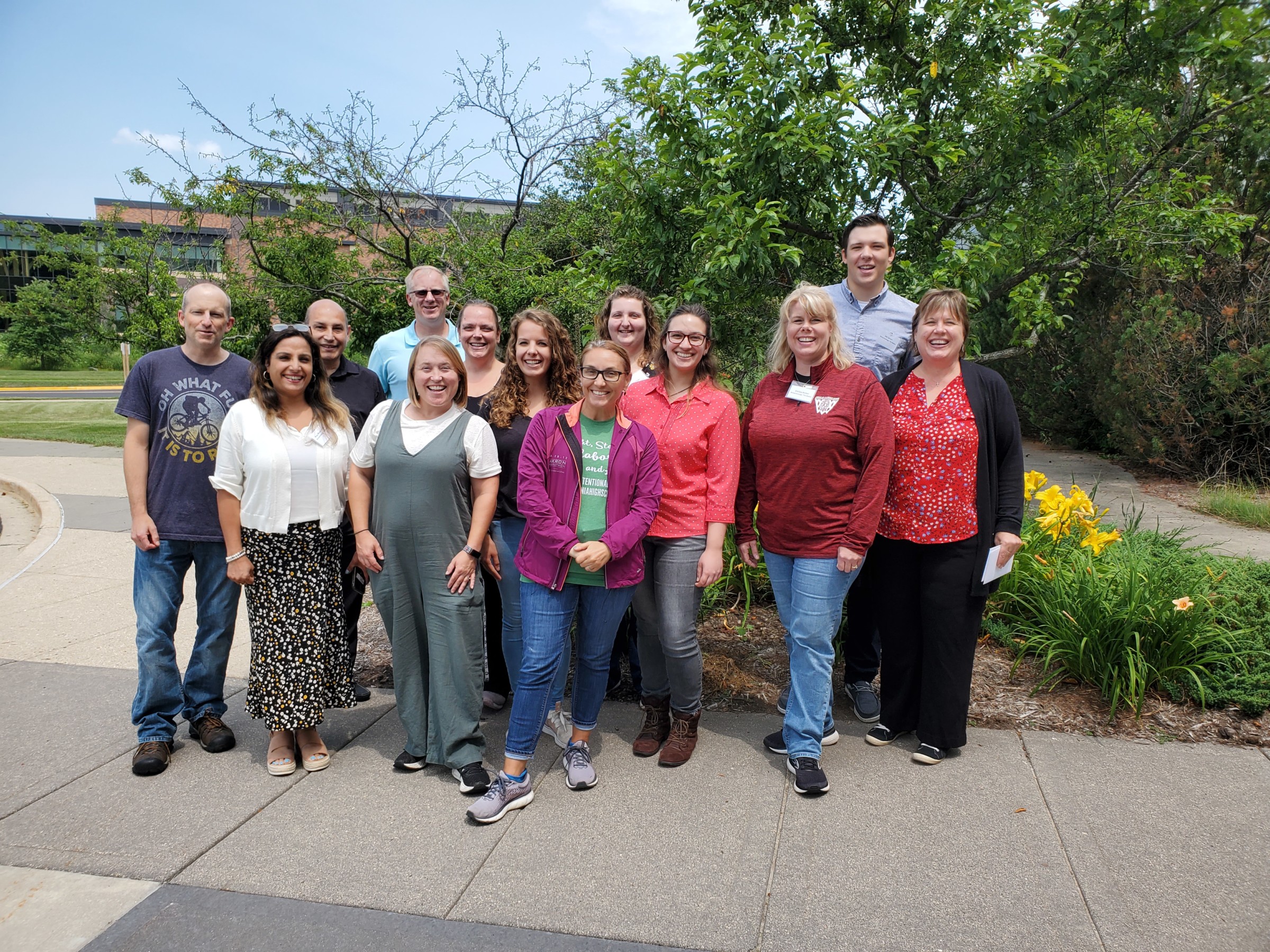At the beginning of each semester, I tell my high school Biotechnology students that I have 3 goals:
- Teach the science behind the technology. For example, in a unit in which students learn about Polymerase Chain Reaction (PCR), we first learn how DNA is copied in cells.
- Teach about the technology itself. This is when the students would learn about the purpose, process, and supplies needed for PCR.
- Teach how the technology is applied. This happens in a few parts. In our example unit, students would perform a lab activity using PCR such as using it to detect if a food sample is genetically modified. Additionally, students would learn about other applications of PCR such as genetic testing and DNA identification. This often gives the opportunity to discuss some bioethical issues (more on that in a later post).
This framework guides each unit that I cover in my Biotechnology classes. Students should understand the science and the technology, and they should have an appreciation for how the technology is used.
When the BioPharmaceutical Technology Center Institute (BTCI) first started offering courses on Biotechnology to teachers (over 15 years ago), Barbara Bielec (BTCI’s K-12 Program Director) and I knew that the above ideas were important. As a teacher, however, simply knowing the concepts and being familiar with the steps of a lab is not enough. We knew that teachers wanted to know the answer to a variety of “How” questions.
- How do I set up these labs? Most course participants have experience running PCR experiments, digesting DNA with restriction enzymes, and performing gel electrophoresis. But we knew they would want to see how to set up these experiments. How do you prepare the materials needed for a class to do PCR? For example, there is a lot of “lab math” (dilution and concentration) that goes into each Biotech lab. Our discussion includes covering effective and efficient ways to manage associated details.
- How will the students make mistakes? Everybody makes mistakes especially when they do not have a lot of experience. Students will certainly make mistakes and they will definitely want to know “what went wrong?” Knowing that “something went” wrong is one thing. Knowing what was done incorrectly based on a lab that might have 20 or more steps is completely different. And it’s important: Helping students identify what went wrong allows them to make adjustments before their next lab experiment and to also reach a deeper understanding of the lab. We have seen students make lots of different mistakes and there always seem to be new ones that we never anticipated. This experience is valuable to share with teachers to help them guide their students.
- How do I gather the resources? Biotechnology classes have a big impact on the science department budget. Purchasing equipment (such as micropipettes, gel electrophoresis equipment, and thermocyclers) and consumable supplies (such as agarose and DNA) can get very expensive very quickly. We also know that budgets and needs of individual classrooms vary considerably. We discuss what resources are worth the cost and how to save money on others, as well as brainstorming ways around using expensive technology.
- How do you teach Biotechnology? Biotechnology concepts can get very complicated very quickly. What are the important concepts that foster an appreciation of Biotechnology and facilitate students’ success in their future studies if they want to continue in this area? Our experiences working directly with high school students in the Dane County Youth Apprenticeship Program in Biotechnology and in high school classrooms are invaluable. Sat a minimum, we know that the answer is different for a middle school classroom versus an introductory high school Biology class versus a dedicated Biotechnology elective. As always in teaching, our challenge is to assess each student, each class, and then proceed…
It is the answers to these “How” questions that provide the framework for wonderful experiences in our Biotechnology: The Basics and Biotechnology: Beyond the Basics courses. It is also important to note that we recognize that everyone comes to our courses with different backgrounds and experiences. This makes each course unique. The learning experience becomes that much richer as we share together what has worked for us in our classrooms. I know that, for me, the teachers who take either of these two courses inspire me to rethink and redesign the Biotechnology classes that I teach.
I encourage all of you to participate in either of these two courses this summer – “Biotechnology: Beyond the Basics” (July 11 – 15) and “Biotechnology: The Basics” (July 25 – 29).
Hope to see you at BTCI in July so we can learn about Biotechnology from each other. Until next month…
